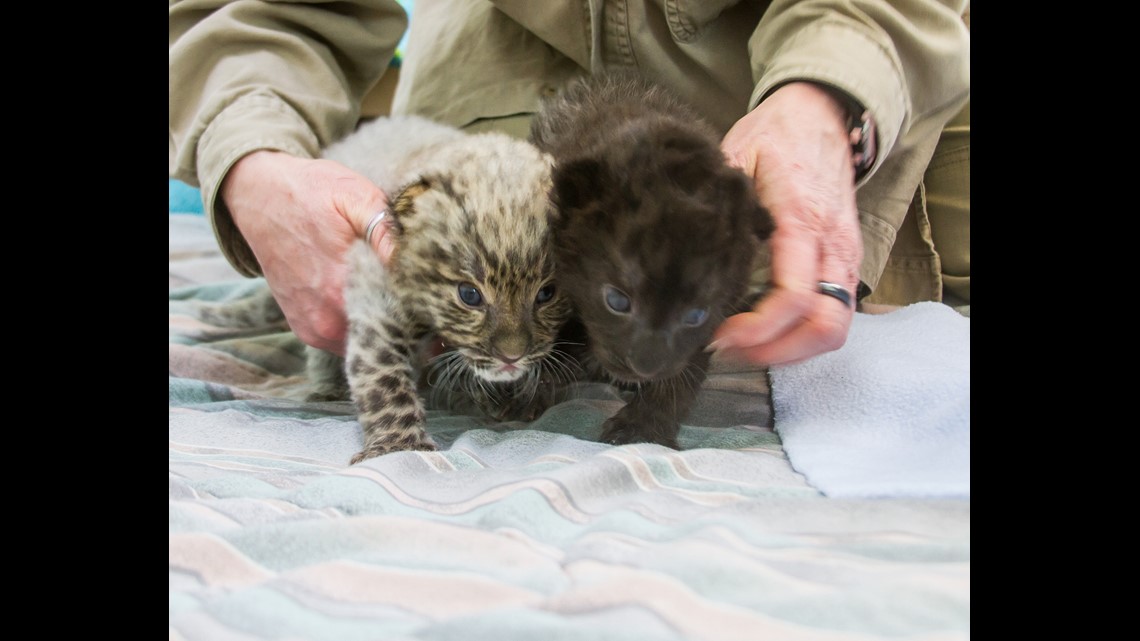

BRIDGEPORT — Two adorable, but critically endangered, Amur leopard cubs were born at Bridgeport’s Beardsley Zoo at the end of January.
The mother, a 6-year-old Amur leopard named Freya, gave birth to three cubs initally, but only had two cubs survive. One of the cubs had to be euthanized due to maternal-induced injuries.
The surviving cubs, a male and a female, were removed from Freya when she began hyper-grooming behaviors, which posed a danger to their wellbeing.
The surviving female cub suffered the loss of her tail due to the hyper-grooming, and underwent lifesaving surgery shortly after birth. She was treated with antibiotics for an infection, but has completed the medication and is doing well.
Amur leopards are critically endangered, which means they face an extremely high risk of extinction in the wild, with approximately 80 animals remaining there. There are approximately 200 in human care worldwide, with slightly more than 100 in Russia and Europe, and slightly fewer than 100 in the U.S. With such a small population, each Amur leopard born is extremely important to the survival of the species. Six Amur leopard cubs were born in the U.S. in 2018, with five surviving.
“Amur leopards are on the brink of extinction,” said Zoo Director Gregg Dancho. “The Species Survival Plan’s breeding recommendation is designed to bolster the number of individuals in human care, for potential future breeding, as well as the opportunity to return certain members of the species back to the wild someday. The birth of these cubs brings a few more precious Amur leopards to the population, which can help ensure the survival of these majestic animals for future generations.”
The female cub has melanism, an extremely rare black color variant in big cats. Melanistic cats have a condition where the body produces an excess of black pigment, the opposite of albinism. There are nine leopard subspecies, ranging from Africa all the way to the Amur leopard in eastern Russia. And while 11 percent of leopards alive today are thought to be melanistic, most are found in Southeast Asia, where tropical forests offer an abundance of shade. An extremely rare melanistic leopard was recently sighted in Africa for the first time in a century. There is currently one other melanistic Amur leopard in this country at the San Diego Zoo.



